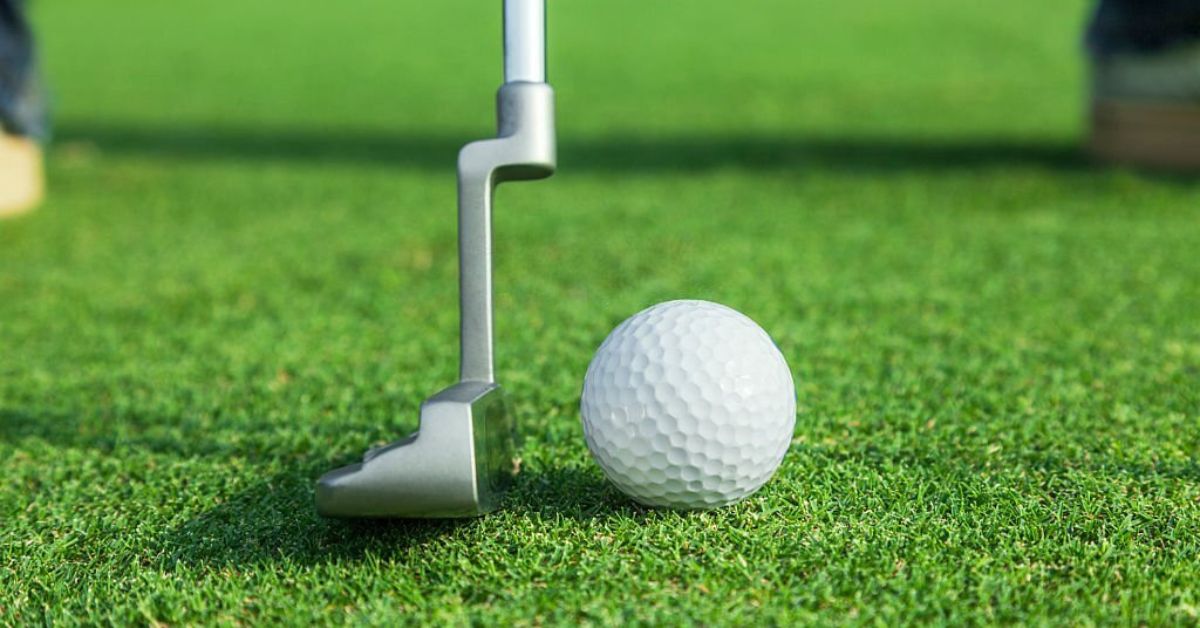Golf club technology has progressed rapidly in recent years, and putters are being produced in all sorts of shapes and sizes.
However, if you think this is a classic case of form over function then you would be mistaken! The design of the putter impacts how you aim your putts.
For instance, one significant design trait which affects aim is putter offset.
In this article, you’ll learn what putter offset means and how it affects aim. Also, I’ll highlight the benefits of offset putters, and when you should consider using one.
What Is Putter Offset?
Putter offset is the relationship between the shaft and the putter head. Offset affects the aim of the putt by altering the natural face angle at impact. Golfers with naturally square putting strokes should use zero-offset putters, while others would benefit from a putter with more offset to improve direction.
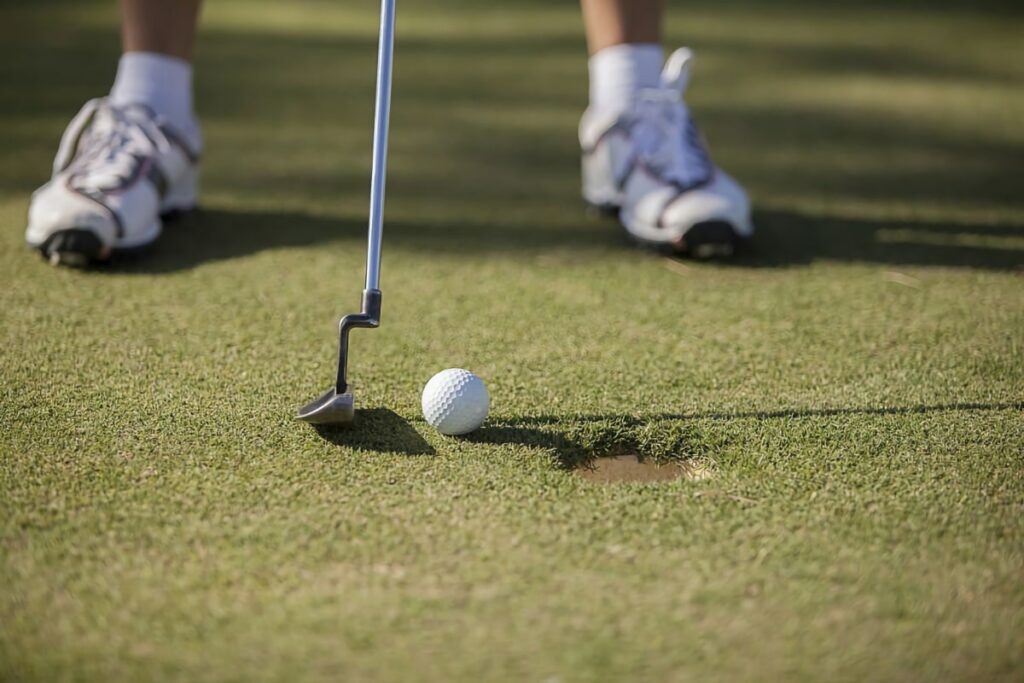
Why Do Putters Have Offset?
The putter shaft can be shaped in various ways as it approaches the putter head, connecting anywhere from the heel to the center of the head.
For instance, putters can have varying levels of offset. Essentially, this is when the base of the shaft sits forward of the putter face when addressing the golf ball.
The primary reason for putter offset is to help square up the natural face angle at impact with the golf ball.
As a rule of thumb, there are three common types of offset:
- Zero Offset
- Half Shaft Offset
- Full Shaft Offset
So, let’s explore the differences between these three common styles.
What Is a Zero Offset Putter?
Zero offset putters are those where the shaft remains straight, connecting directly into the putter head in line with the face.
At address, the left edge of the shaft lines up with the leading edge of the putter face.
Typically, this type of offset is found in putters with a straight shaft, like the Scotty Cameron Phantom X 5S.
PRO TIP: Zero offset putters are best suited for golfers who naturally aim slightly right of the hole, and are left-eye dominant.
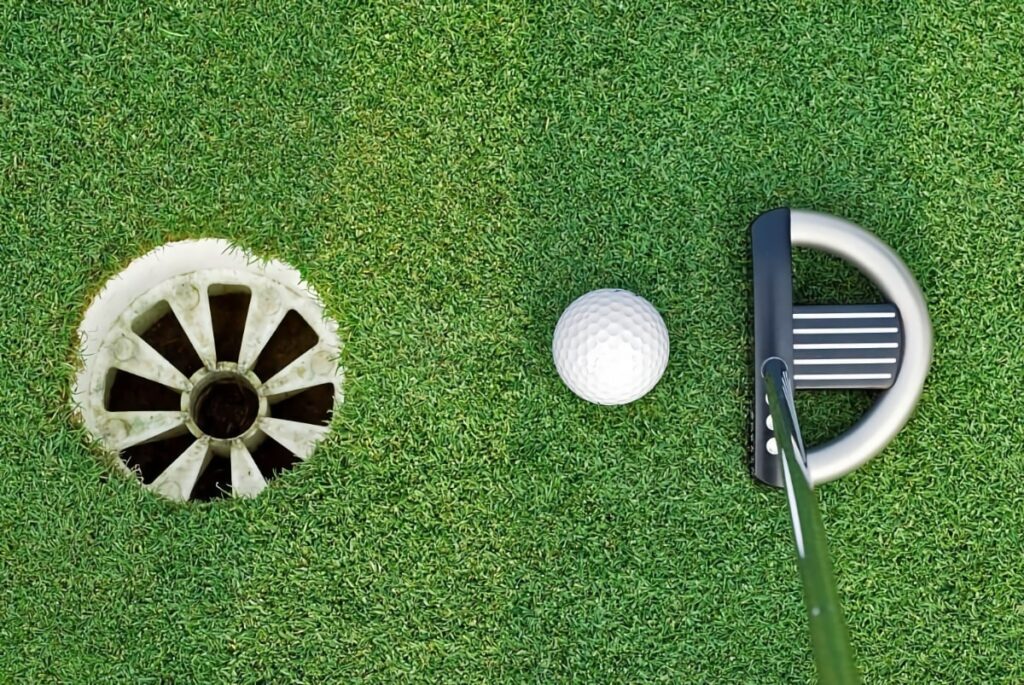
What Is a Half Shaft Offset Putter?
Half shaft offset putters feature a small amount of offset, and the shaft connects to the head with a slight curve or angle.
At address, half the width of the shaft sits ahead of the leading edge of the putter face, and half sits behind.
This type of offset is often found in putters with either a double bend or a heel-shafted hosel as found in the PXG 0211 V-42.
PRO TIP: Half shaft offset putters are best suited for golfers who naturally aim slightly left of the hole.
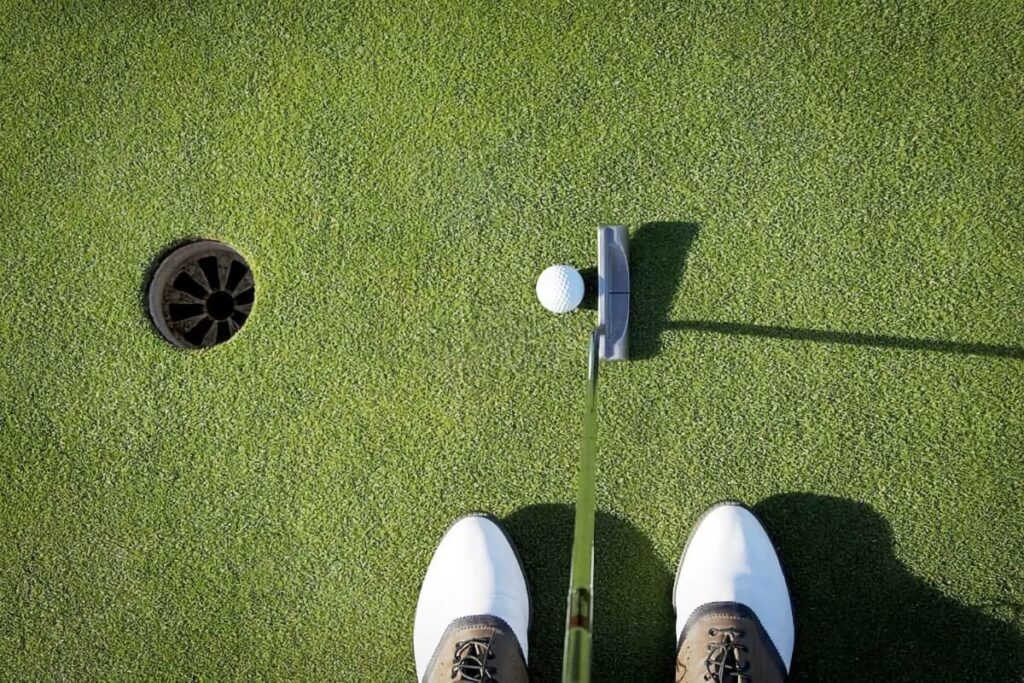
What Is a Full Shaft Offset Putter?
Full shaft offset putters are designed with the most offset, and the shaft connects to the head with a more severe curve or stagger.
At address, the full width of the shaft sits ahead of the leading edge of the putter face.
This offset style is commonly found in putters with either a double bend shaft or plumber neck style hosel, like the classic Scotty Cameron Newport.
PRO TIP: Full shaft offset putters are best suited for golfers who naturally aim left of the hole, and are right-eye dominant.
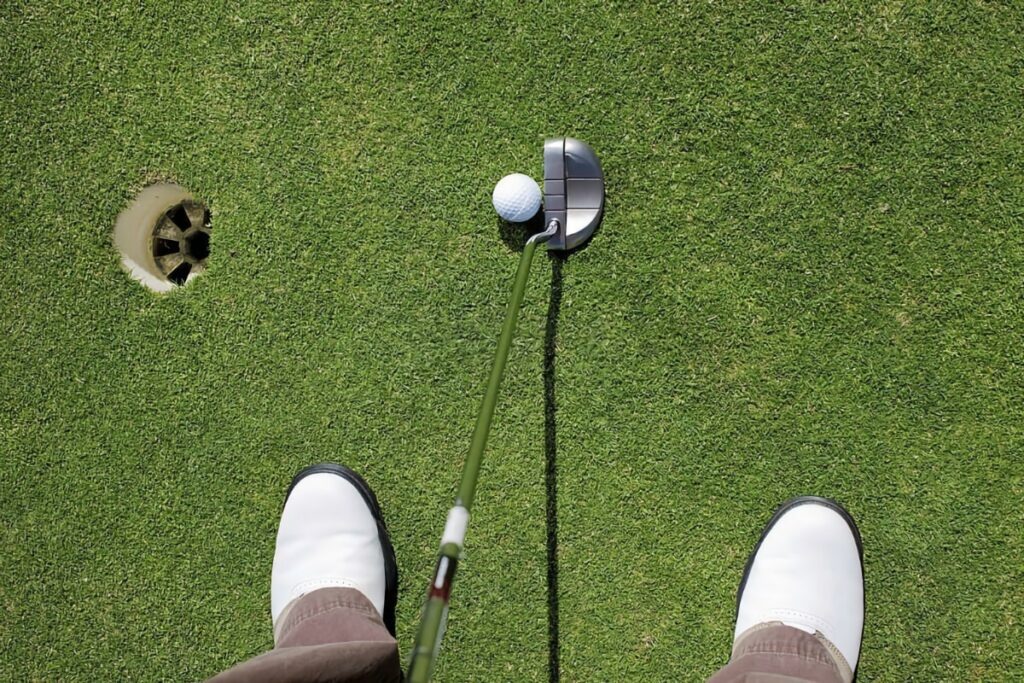
How Does Putter Offset Affect Aim?
Above all, golf clubs with offset are targeted at golfers who naturally cut across the ball, helping them to avoid hitting slices. For example, offset is commonly used in irons and hybrids to provide more forgiveness and straighter shots.
Likewise, offset putters help golfers who cut across the ball and push their putts right, by keeping the putter face more square at impact.
Many golfers are susceptible to leaving the face open at impact when putting. So, offset helps with this by allowing the putter head to catch up with the stroke, straightening the face. As a result, this causes more putts to start on line.
The video below demonstrates how shaft offset affects how you aim the putter. It tests 6 different configurations to show how it impacts aim.
Should I Use an Offset Putter?
So, we’ve explored the various types of offset and how it affects aim, but is it applicable to your game?
If you tend to push your putts right of the hole, then you would benefit from an offset putter. In other words, more offset will square up the face at impact, keeping your putts on line.
By contrast, if you pull your putts left of the target, you should use a putter with minimal or zero offset. Reducing the offset will prevent the ball from being dragged left of the target.
Ultimately, putters can make a big difference to your game and come down to personal preference. So, if you’re unsure which category you fall into, test out a few different putters to see which feel comfortable.

Best Offset Putters For Amateur Golfers
Different putters will suit different golfers. Therefore, we highly recommend testing as many putters as possible before settling on one.
However, these are a few of our favorite offset putters right now:
TaylorMade Spider Tour Putter – Best Overall
Having manufactured golf clubs for over 40 years – and sponsoring many tour pros in the process – TaylorMade has grown to become one of the industry’s largest brands.
Featuring half shaft offset, the TaylorMade Spider Tour Putter is one of the most forgiving putters on the market, offering excellent balance and stability through the stroke.
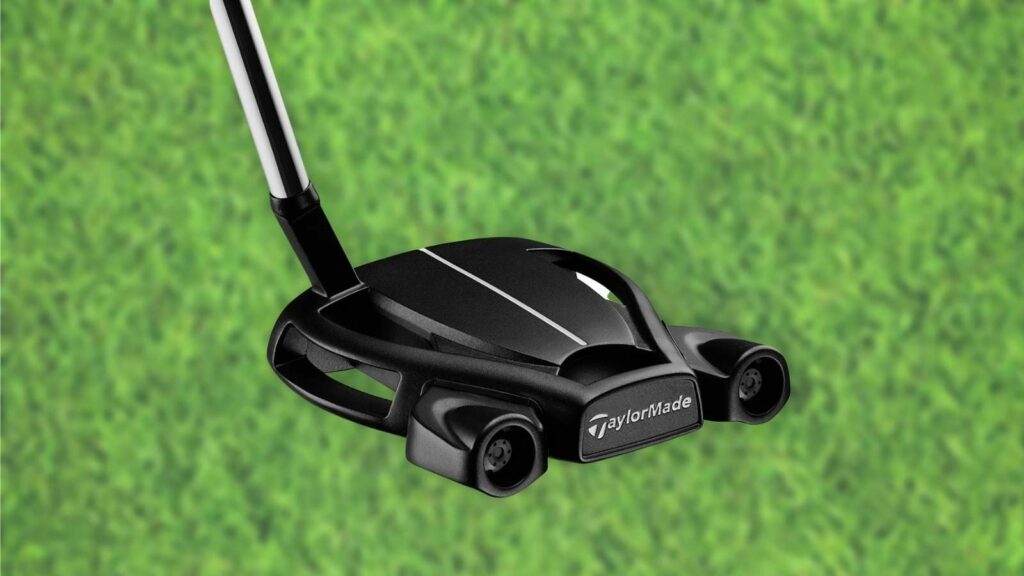
Reasons to Buy
- Very well-balanced and stable
- Excellent forgiveness
- Useful ball alignment guide
- Available in right and left-handed versions
Reasons to Avoid
- Lie angle can take some getting used to
Rating: ★★★★★
>> You can order your TaylorMade Spider Tour Putter here
Wilson Harmonized M1 Putter – Best Value
Although not regarded as a premium brand in golf, Wilson has been manufacturing golf clubs and equipment since 1914.
With full shaft offset, the Wilson Harmonized M1 Putter is our best pick for golfers shopping on a budget. The simple design provides a solid and fairly consistent roll, with a useful alignment guide for assistance.
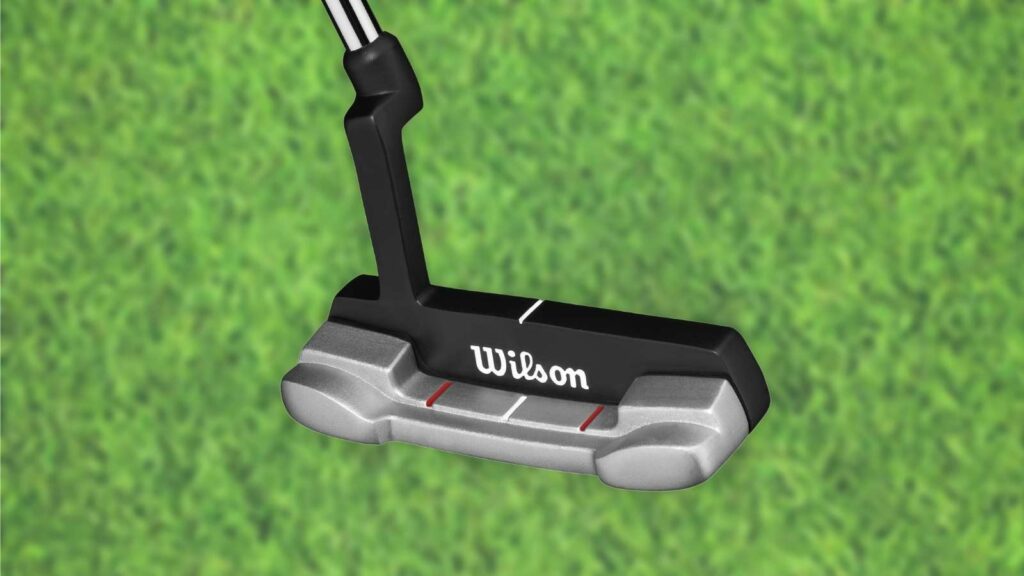
Reasons to Buy
- Full shaft offset helps golfers who push putts
- Classic, retro styling
- Perfect for golfers with an arc putting stroke
- Very well priced
Reasons to Avoid
- Not ideal for players who pull their putts
- Lacks a bit of forgiveness
Rating: ★★★★☆
>> You can order your Wilson Harmonized M1 Putter here
Scotty Cameron Special Select Putter – Best Premium
Titleist’s premium line of Scotty Cameron putters is the definition of top-of-the-range. First manufactured in the early 1990s, the iconic blade putter has been used by numerous pros and amateurs worldwide.
Adopting full shaft offset, the Scotty Cameron Special Select Putter is a classic putter used by the likes of Tiger Woods. Tungsten sole weights provide balance through the stroke for a larger sweet spot and greater stability.
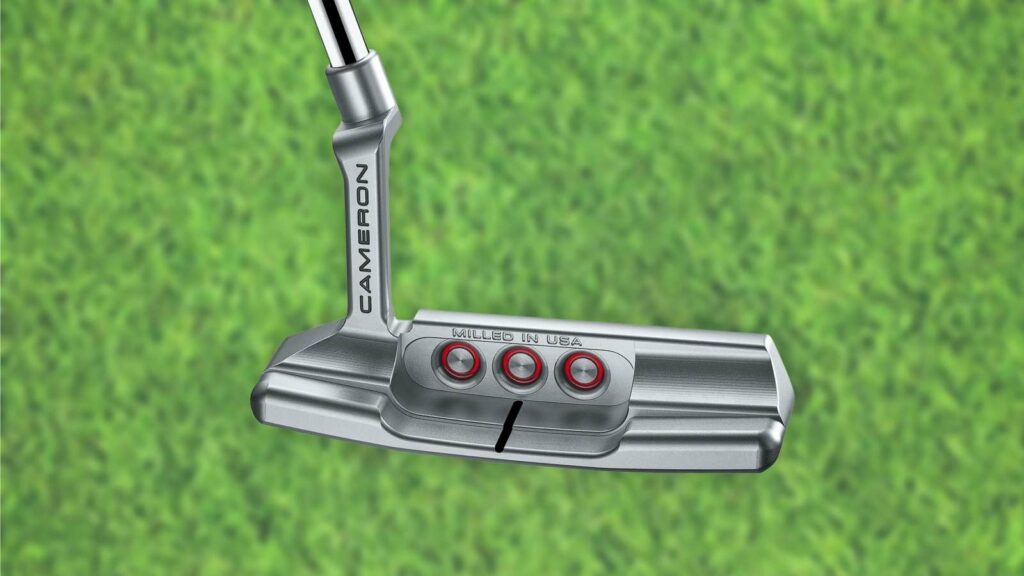
Reasons to Buy
- Prestigious putter used by many pros, including Tiger Woods
- Sleek and timeless design
- Customizable sole weights for the perfect feel
- Available in a variety of putter head styles
Reasons to Avoid
- Not suitable for golfers on a tight budget!
Rating: ★★★★★
>> You can order your Scotty Cameron Special Select Putter here
Conclusion
In summary, putter offset is the relationship between the shaft and the head, which affects the aim of the putt by altering the face angle at impact.
Offset benefits golfers who struggle to keep the putter face square at impact. In other words, if you tend to push your putts then a putter with some degree of offset can help you start more putts on line.
However, if you pull your putts then it’s best to avoid putters with offset, as these can cause putts to be dragged even further left.
Ultimately, you should test out a few types of putters to see which feels most comfortable for your stroke.

